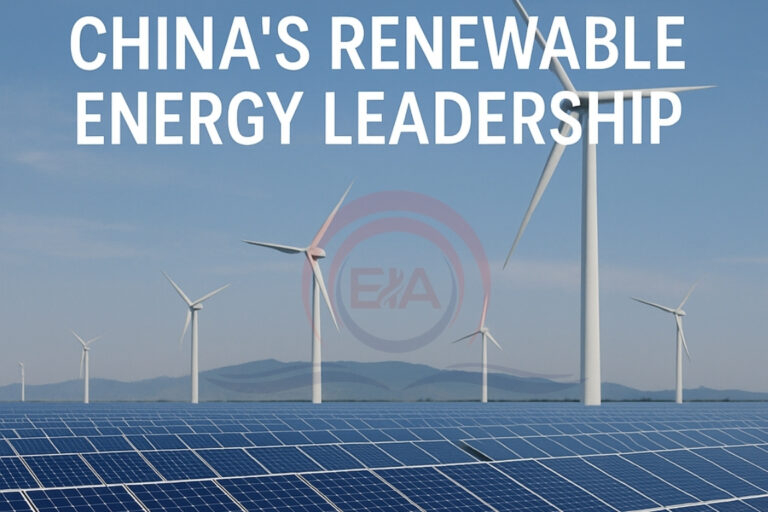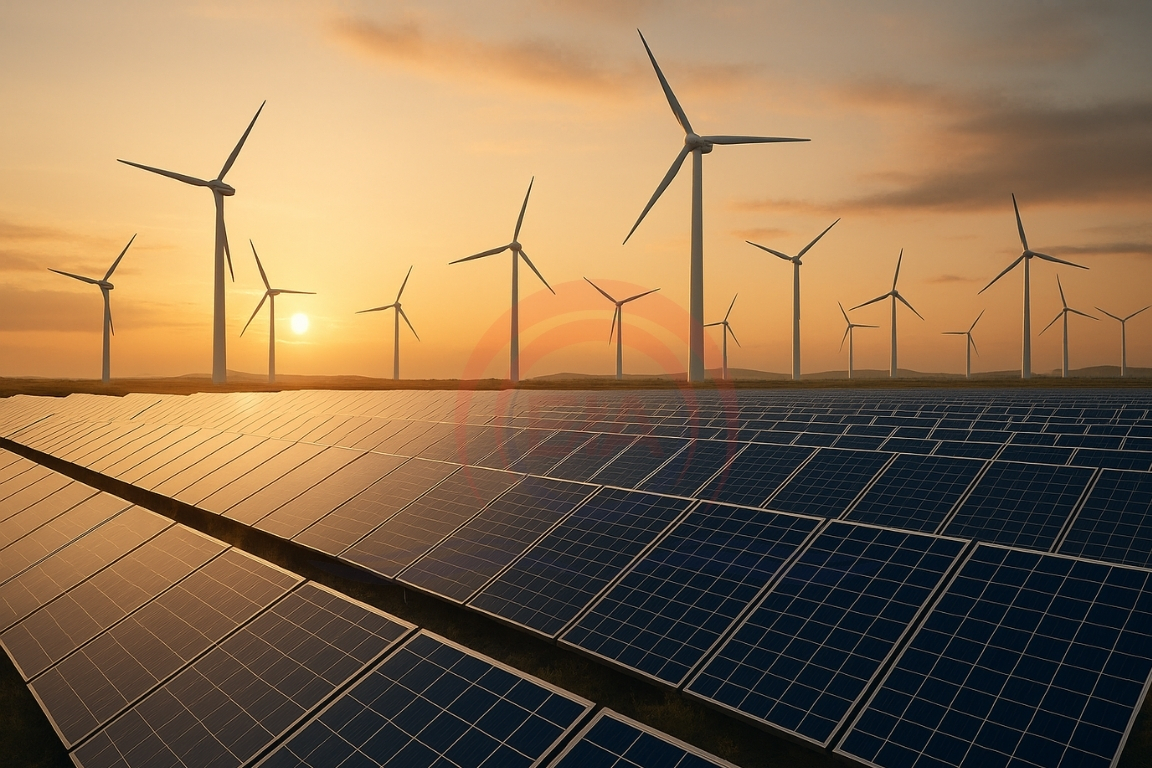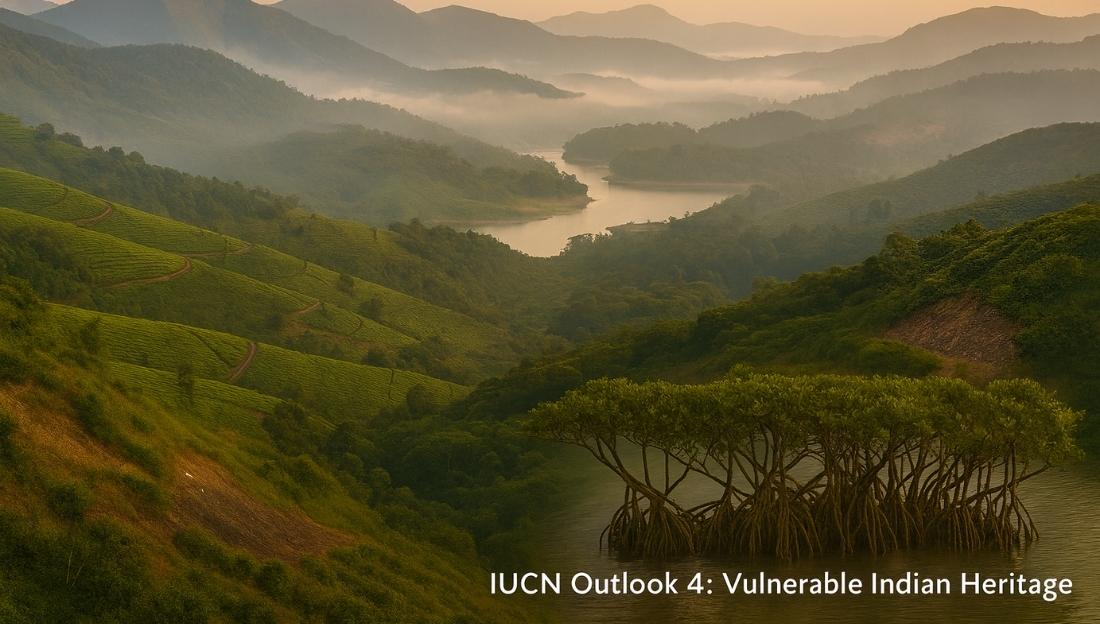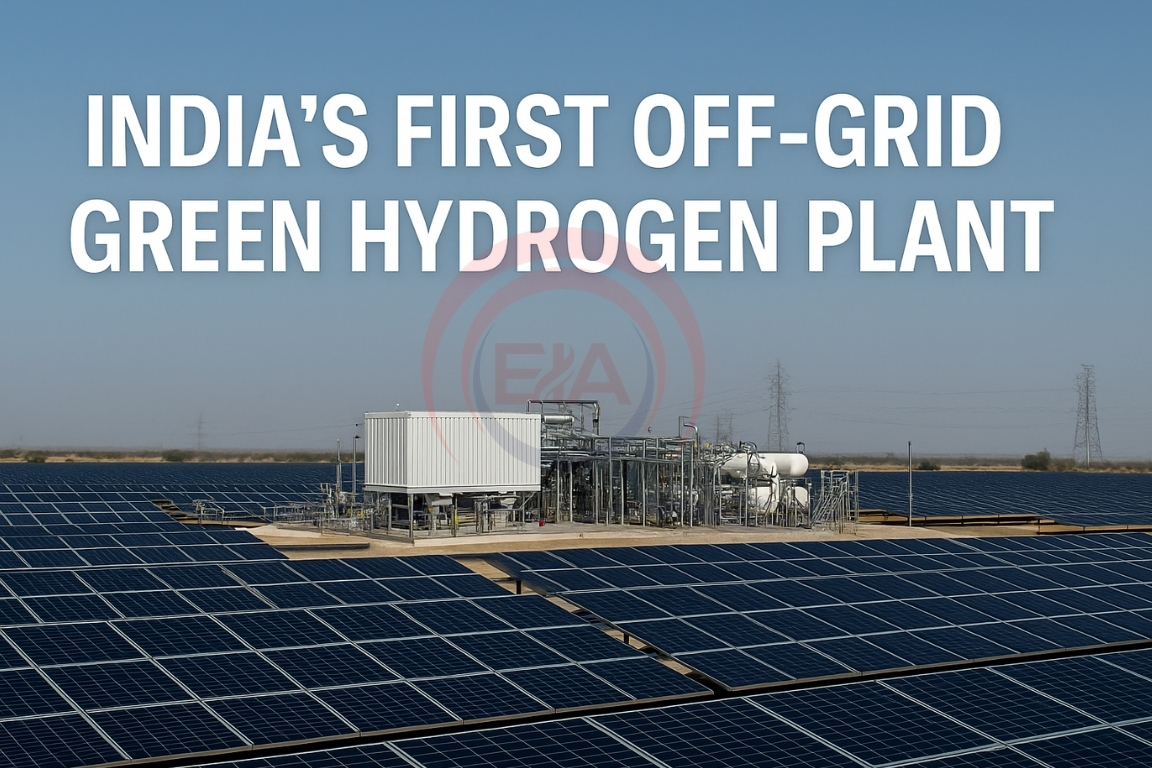China installed more wind and solar power capacity in 2024 than all other countries combined. This highlights its growing global leadership in renewable energy, backed by state-driven planning, manufacturing dominance, and strategic investment.
China’s Green Energy Transformation:
- China has emerged as the top global player in wind, solar, and battery production.
- In 2024, it invested $940 billion in the clean energy sector, starting from just $10.7 billion in 2006.
- China now controls entire renewable supply chains, including vital materials like lithium and polysilicon.
What Drove This Shift?
- Air pollution crisis in the 2000s made cities unliveable and pushed public pressure on the government.
- Energy insecurity from rising oil imports and frequent power shortages encouraged energy independence.
- The Renewable Energy Law (2005) and the 11th Five-Year Plan (2006–2010) turned clean energy into a national priority.

Role of State-Owned Enterprises (SOEs)
- SOEs like State Grid, Huaneng, and Genertec executed projects at unmatched speed using public funds and policy backing.
- Public sector banks provided easy loans and the state ensured subsidies and risk coverage.
- SOEs dominate both domestic installations and global green infrastructure, forming 55% of global renewable investments.
Challenges Faced
- Early on, China’s grid couldn’t handle the new energy, causing energy wastage in areas like Inner Mongolia.
- Over-subsidisation led to unplanned, inefficient expansion.
- Reforms later focused on grid readiness, efficient planning, and better transmission infrastructure.
China’s Global Strategy
- Through the Belt and Road Initiative (BRI), China exported solar panels and built clean energy plants across Asia, Africa, and Latin America.
- State-backed companies created global partnerships, ensuring influence in over 60 countries.
- Now focusing on green hydrogen, smart grids, and nuclear innovation, with the same aggressive strategy.
Lessons for India and the World
- Centralised planning, SOE leadership, and long-term investment were key to China’s success.
- Western democracies face challenges due to higher costs, slower decisions, and private-sector-led models.
- The future energy contest will revolve around who shapes the global energy rules, not just production numbers.
Conclusion:
This model may offer insights for India’s energy security and climate goals, with adaptations suited to democratic structures.





